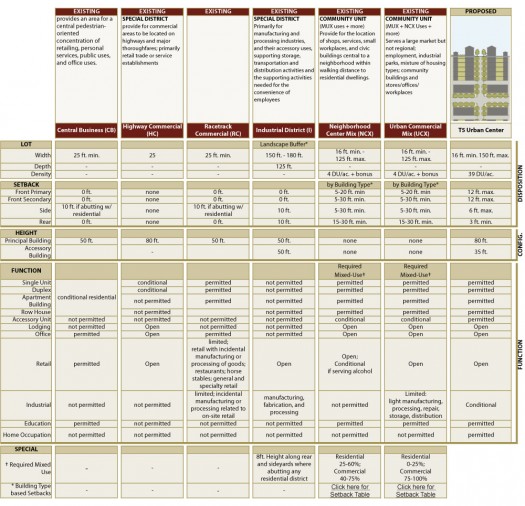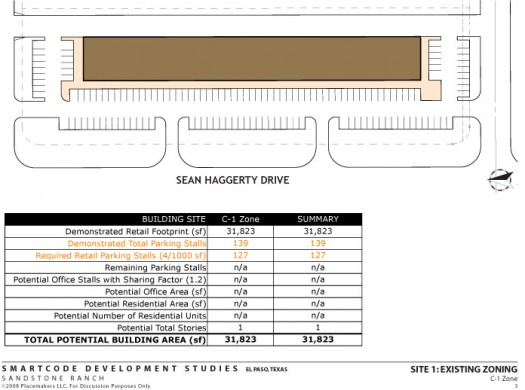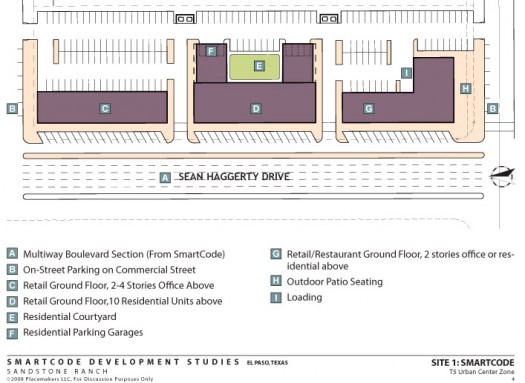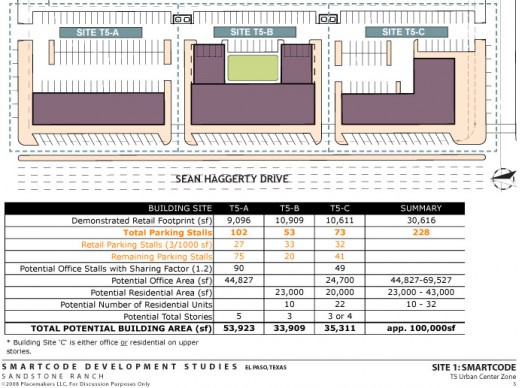A Placemaking Journal
Zoning Reform: Drilling down on key audiences

A couple of weeks ago we discussed the various audiences you must connect with when addressing zoning reform. As we noted, zoning reform is an extremely political, and often-fractious process because it affects the property values of landowners, the business plans of developers, and the legacy of the elected officials.
There are two audiences that have special communications needs: property owners and the developer community. These groups are frequently in conflict, and have impressive political power. Adoption of a new zoning code requires both groups to recognize their own success in the context of your efforts.
Making this happen requires you to be a quick study of their needs and goals.
Zoning reform requires clear and compelling messaging, communication across strategically chosen media, and translation of technical language into something accessible to the community at large. The explanatory documents most closely tied to the ordinance are zoning equivalency tables, an executive summary, and entitlement analyses.
Zoning equivalency tables are critical for the property owners to understand the effect of the ordinance upon their property. They are spreadsheets that list all the applicable metrics, such as heights, setbacks, and permitted uses, of the existing zone beside the proposed new zoning category. They enable a quick comparison for the property owner, and are much more understandable than the zoning ordinance. See the sample table below (Click for larger view).
The executive summary tells the story. It is a sales tool that conveys the community vision, explains the public process, and makes a case for the community resilience, affordability, and character preservation benefits of the code. This is an important political tool, and helps transition the message to future staff and elected officials that were not a part of the process.
The entitlement analysis may be the single most valuable tool. It illustrates the densities and uses permitted on a specific site versus what is permitted under the new ordinance. For example:
Like most groups, both the developer community and the property owners leverage their political relationships with elected officials to achieve their goals. It’s critical to meet their needs in the document and supporting communications to assure their political support.
It is interesting that these groups, while frequently in conflict, share many goals, traits, and needs. However, their final desired actions can be quite different, and it’s important to remember that as you determine how to meet their needs.
The following analyses are generalizations since I am addressing groups in numerous cities and counties across North America. The personal traits are stereotypical, and we have worked with these groups where my description below is not accurate. One of the first things you should do when initiating contact is to determine the personal traits and internal conflicts between the two groups.
Developers and Builders
This group has the strongest financial interest in the ordinance, and they may begin from a defensive position. The ordinance may affect their business plan on multiple sites throughout the jurisdiction, so they have the most to lose.
Goals
The developers are busy professionals, and don’t have time to deal with the learning curve of a new ordinance. Their primary goal is to skim the document quickly to determine its effect on their bottom line. As the process moves forward, they will hire land use attorneys to do deeper assessments, but their first exposure is cursory and they need to get to the entitlements quickly.
Because much about form-based codes represents a paradigm shift in zoning, their initial skepticism may be enhanced by their first exposure. It’s like switching operating systems, and the learning curve is steep at first. However, most people switching from PC to Mac find it much more intuitive after passing the initial curve, and worth the effort.
They want to be able to make a decision whether to support or oppose the code, so the benefits and challenges of the ordinance must be clearly described up front. This is usually achieved from supporting materials, like the equivalency tables and entitlement analysis.
Personal traits
As discussed above, these people are busy, and frequently have little time. You need to get their attention quickly, and get to the point to keep them engaged. Although there are developers that really want to make the world a better place, it’s a business to all of them, and they have to make their pro formas work. These people work regularly with plans and visuals, so addressing them with pages of text is not effective.
Needs
The supporting documents must meet the developers’ needs, since it is difficult for the zoning ordinance to do so completely due to its legal structure. An index in the code is a key access point. The code itself must have clear headings, graphics, and tables, but usually is encumbered by its legal language. You can overcome this barrier by providing complementary material in common language.
Flow charts are an important product for the development community. One of the advantages to most form-based codes is a clear, predictable administrative path. Most zoning administration is arcane in its construction, and requires a land use attorney to navigate the process. A zoning reform flow chart is a key sales tool with the developers as it can clearly illustrate the applications and steps required by a new code.
Property Owners
Property owners also have a large vested interest, but often are supportive of the reform because of the additional property rights and/or flexibility that may come with a new ordinance. Many of this group are citizen activists and are disenchanted with the development community. You must cautiously navigate your way between the two groups since you can’t appear to favor one over the other. Presenting the ordinance as a win for both groups is important to achieving your goal of adoption.
Goals
This audience can be varied and complex in its construction. Most landowners just want to know what they can do with their property, but many are also concerned with neighborhood preservation. They need assurance that their neighborhood character is going to be protected or improved. Like the developers, the action they need to take is a political decision to support or oppose the code.
This group usually includes a few people that will read the code thoroughly and understand the document, but most are not interested in the document itself. The general group’s goal is to understand the context quickly. So the supporting material is as important to this audience as it is to the developers.
Personal traits
The property owners include all socio-economic and educational ranges, but they share some common traits. Many have had negative experiences with the development community and have been disappointed by political decisions affecting their neighborhoods. This often results in a jaded and skeptical attitude. If there is an impending development proposal, they may also be fearful. You must work hard to develop trust and support.
Needs
The property owners have many of the same needs as the developers. An index and clear definitions are good access points. Visuals are as important to them as to the developer group. Illustrations of what the code produces are very powerful with this group. Photoshop vignettes that show possible change over time under the new code are one of the most powerful tools. The illustrations clearly convey the character preservation provided by the code. But you must use the illustrations judiciously as they may not be the best tools for the developers.
The story developed in the executive summary is very helpful for this audience since it addresses their goals and affirms their vision. It is a document they can use in the future to leverage their political influence, and they recognize that quickly. But like the illustrations, keep the tone as neutral as possible to avoid alienating the developer audience.
Analysis illustrates the metaphorical tightrope between these two groups. Although many of their needs are similar, the political decision they make is based on disparate goals. Like any good facilitator, you must support their goals while not appearing to take sides with either group.
–Susan Henderson
If PlaceShakers is our soapbox, our Facebook page is where we step down, grab a drink and enjoy a little conversation. Looking for a heads-up on the latest community-building news and perspective from around the web? Click through and “Like” us and we’ll keep you in the loop.












